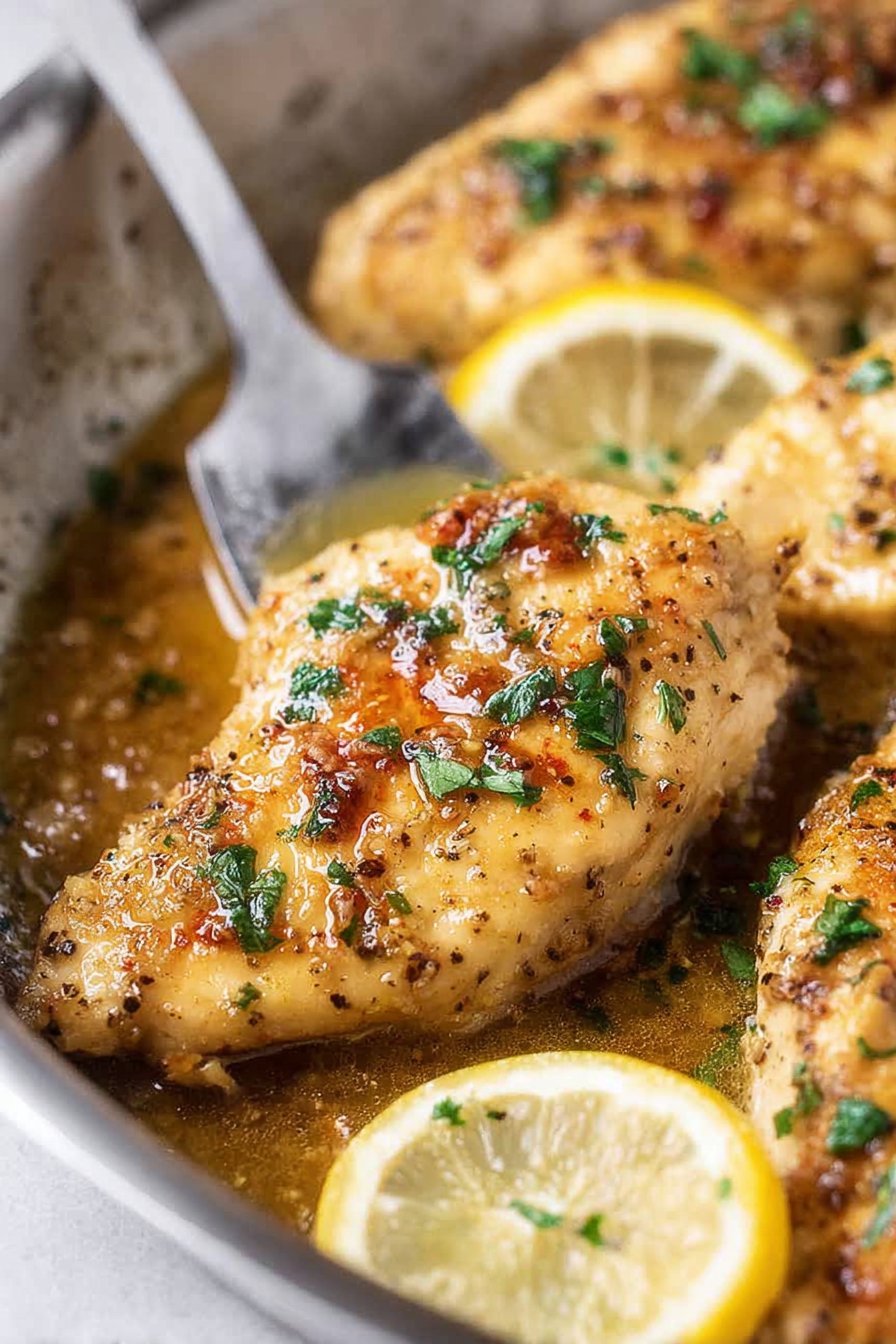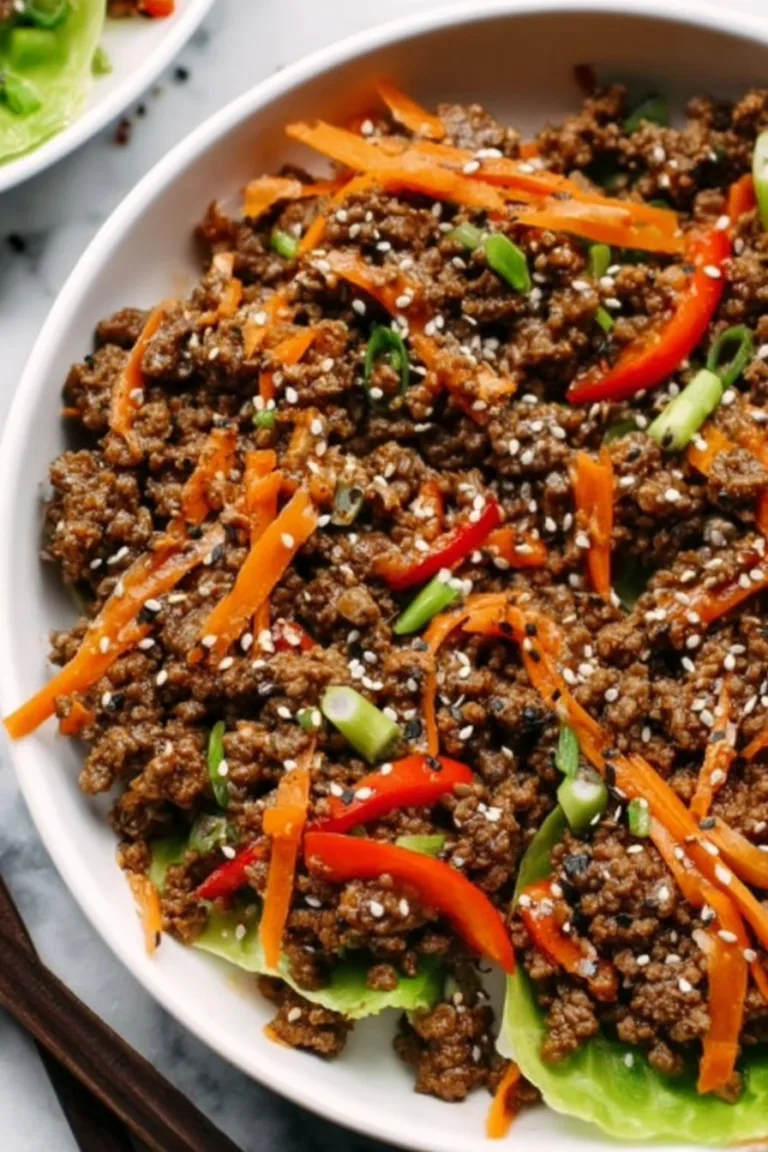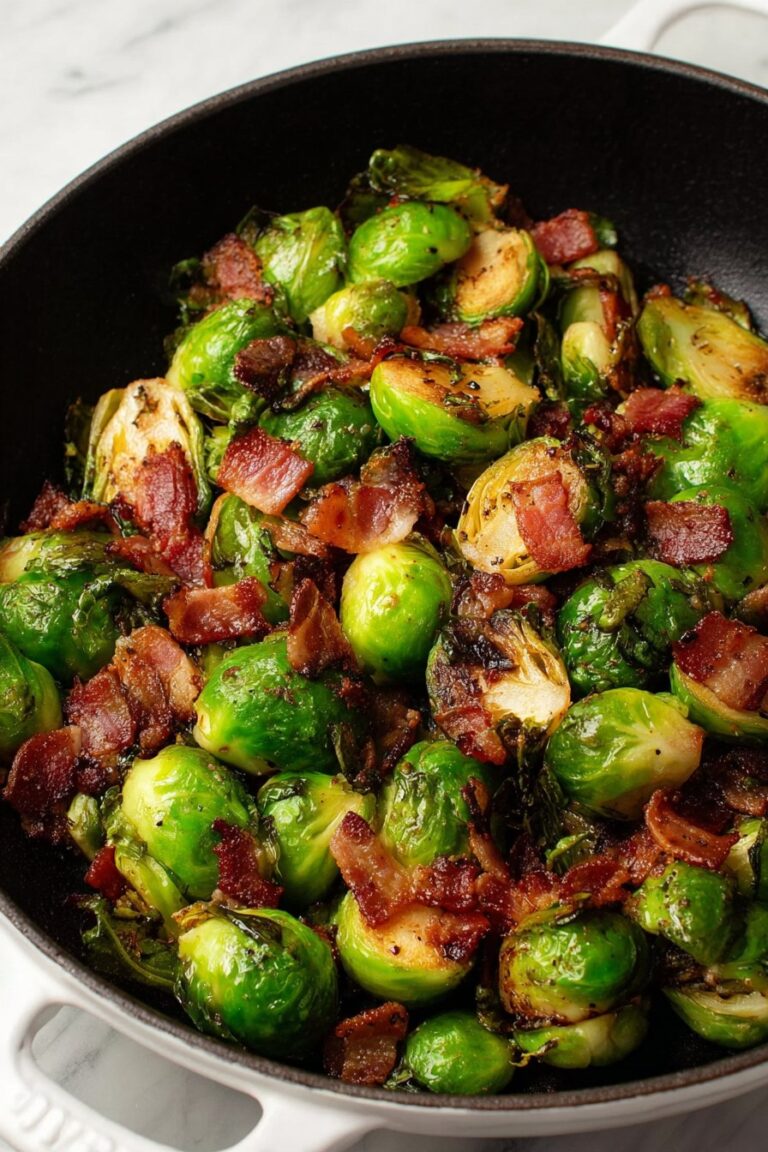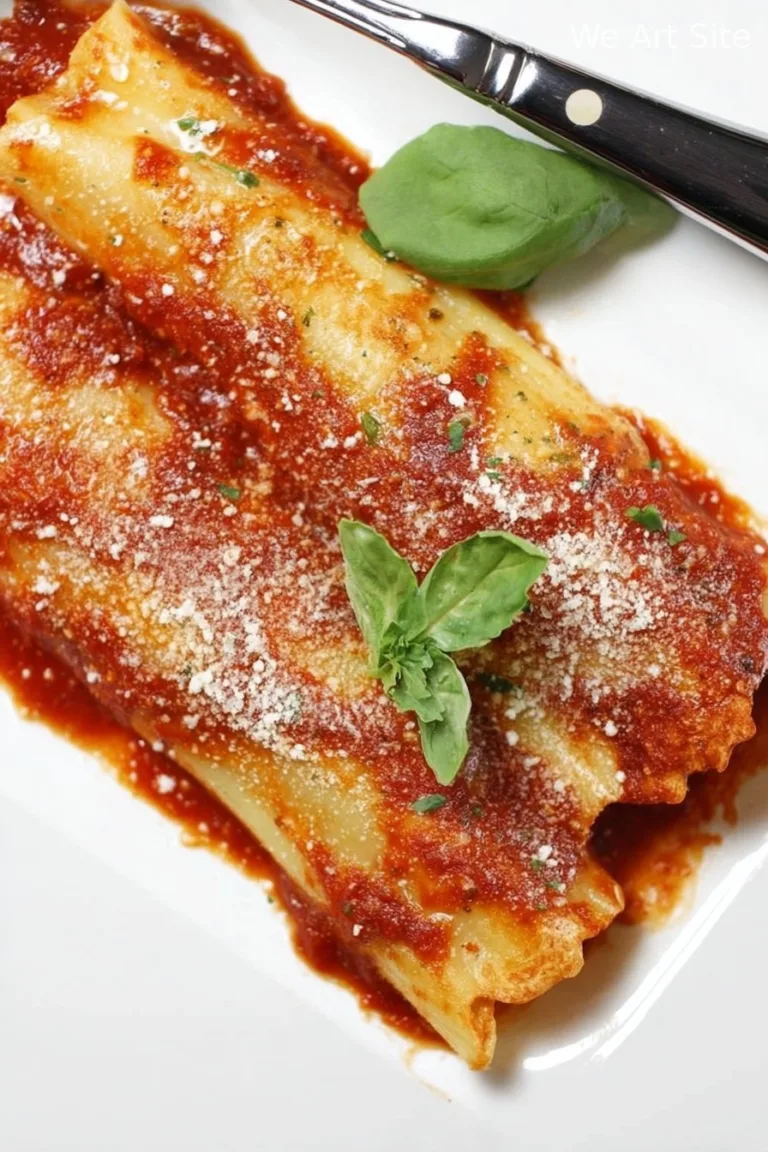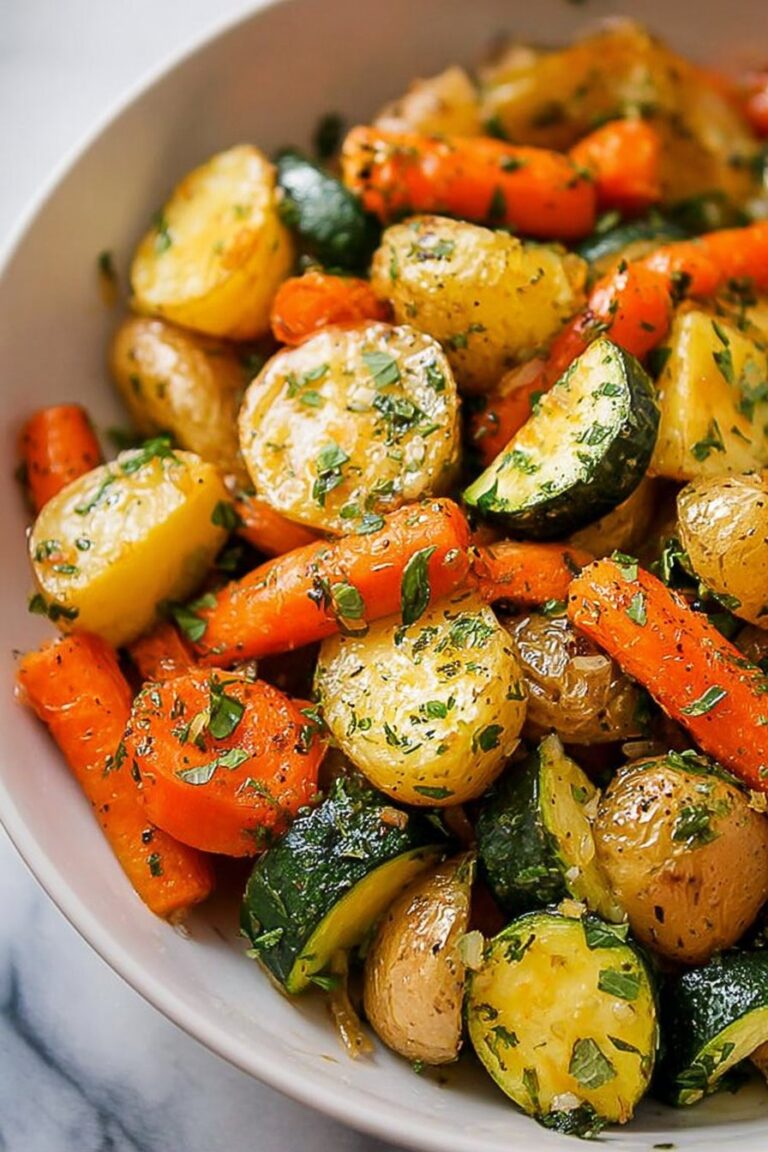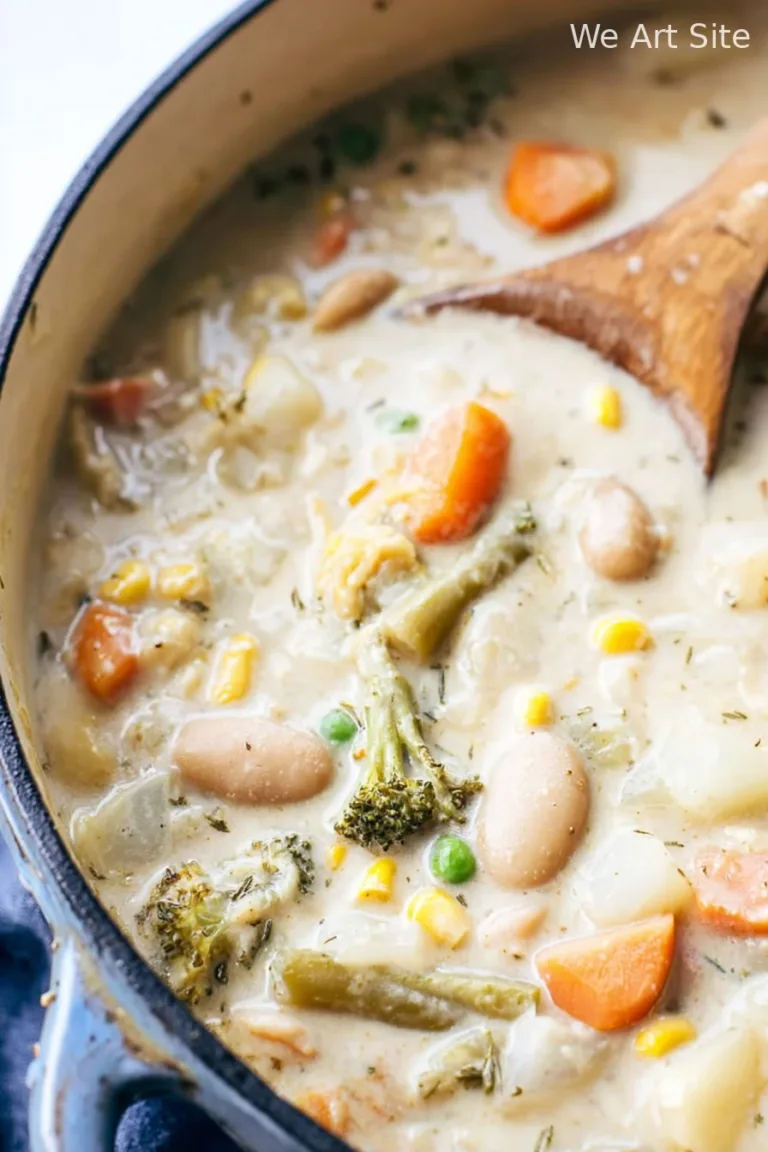Alright, Let’s Talk About Easy Lemon Pepper Chicken
So, picture this: it’s Tuesday, the sink’s full, my brain’s running on yesterday’s coffee, and—bless my taste buds—this easy lemon pepper chicken comes through like a champion. First time I made it, I nearly set off the smoke alarm (don’t ask), but it’s somehow become my signature “fake-fancy” meal. Seriously, you could serve this to your in-laws and they’d never know you whipped it up next to a pile of unfolded laundry. Sometimes my husband still teases me about the time I accidentally used lime instead of lemon (honestly, it wasn’t half bad).
Why You’ll Love This Chicken (Trust Me)
I make this whenever I want dinner sorted before Jeopardy! comes on. My family goes a bit mad for this because the lemon’s bright, the pepper gives a kick, and it’s not one of those recipes that needs a million fancy gadgets. (Honestly, my kid will eat anything if there’s a wedge of lemon on the side; go figure.) Plus, it’s a miracle for those nights when I forgot to defrost something—just use thighs instead of breasts and you’re golden. And if I ever have to make something halfway decent between soccer practice and, you know, life? This is it. (Although, I’ll admit, I did once try to make it in the air fryer and… let’s just say, it was extra crispy. Maybe too crispy.)
What You’ll Need (But I Swear It’s Flexible)
- 2 boneless, skinless chicken breasts (or thighs—sometimes I use thighs if that’s what’s left in the freezer)
- Juice of 1 lemon (or if you’ve only got bottled, it works in a pinch—my grandmother would disown me, but whatever)
- Zest of 1 lemon (skip it if you’re lazy; I won’t judge)
- 1 tablespoon olive oil (I’ve even subbed in avocado oil, didn’t notice much difference)
- 1 teaspoon cracked black pepper (or more if you’re feeling bold)
- 1 teaspoon salt (I sometimes just eyeball it, to be honest)
- 1/2 teaspoon garlic powder (fresh is nice but who has time?)
- 1/2 teaspoon onion powder (optional, but it rounds things out)
- A small handful of fresh parsley, chopped (honestly, dried works too—just don’t tell the food snobs)
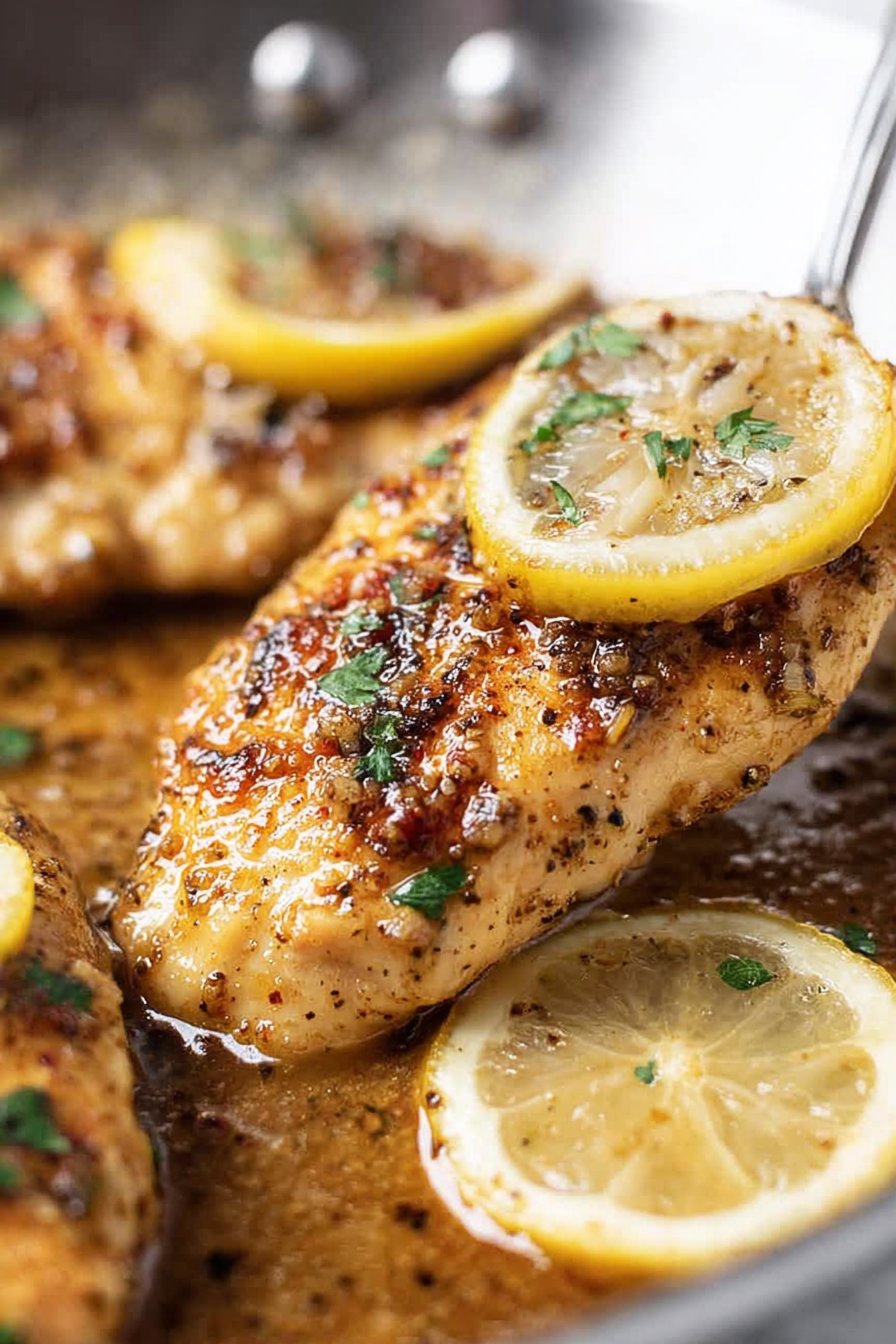
Let’s Cook! (Here’s How I Do It, More or Less)
- Pound the chicken a bit if it’s thick in spots—use a rolling pin if you can’t find your meat mallet. Or skip it, but then it cooks unevenly and you curse yourself later.
- Mix up the marinade: lemon juice and zest, olive oil, pepper, salt, garlic powder, onion powder. I just throw it all in a bowl, sometimes straight into a zip-top bag for less cleanup.
- Coat the chicken in the marinade. I usually give it 10-15 minutes, which is enough time to hunt for that missing sock. Longer is better, but honestly, who plans ahead these days?
- Heat a skillet (medium-high) and drizzle in a smidge more oil. When it’s hot, lay the chicken in—listen for the sizzle. Don’t crowd the pan or you’ll steam your chicken instead of searing it. (Ask me how I know.)
- Cook for about 5-6 minutes each side. If it sticks at first, that’s good—means it’s getting a crust. Flip once it releases. (This is where I sneak a little taste if no one’s watching; perks of being the cook.)
- Sprinkle with parsley just before serving. Don’t worry if your parsley is half-wilted, it still counts as greens.
Notes You Won’t Find in a Fancy Cookbook
- Sometimes I skip the zest (out of pure laziness), but it really does make things brighter.
- If your chicken looks a bit pale, crank up the heat at the end for that golden finish—just don’t wander off, I once burnt mine while scrolling Instagram.
- Actually, I find it works better if you let the chicken rest a few minutes before slicing. I’m bad at waiting, though.
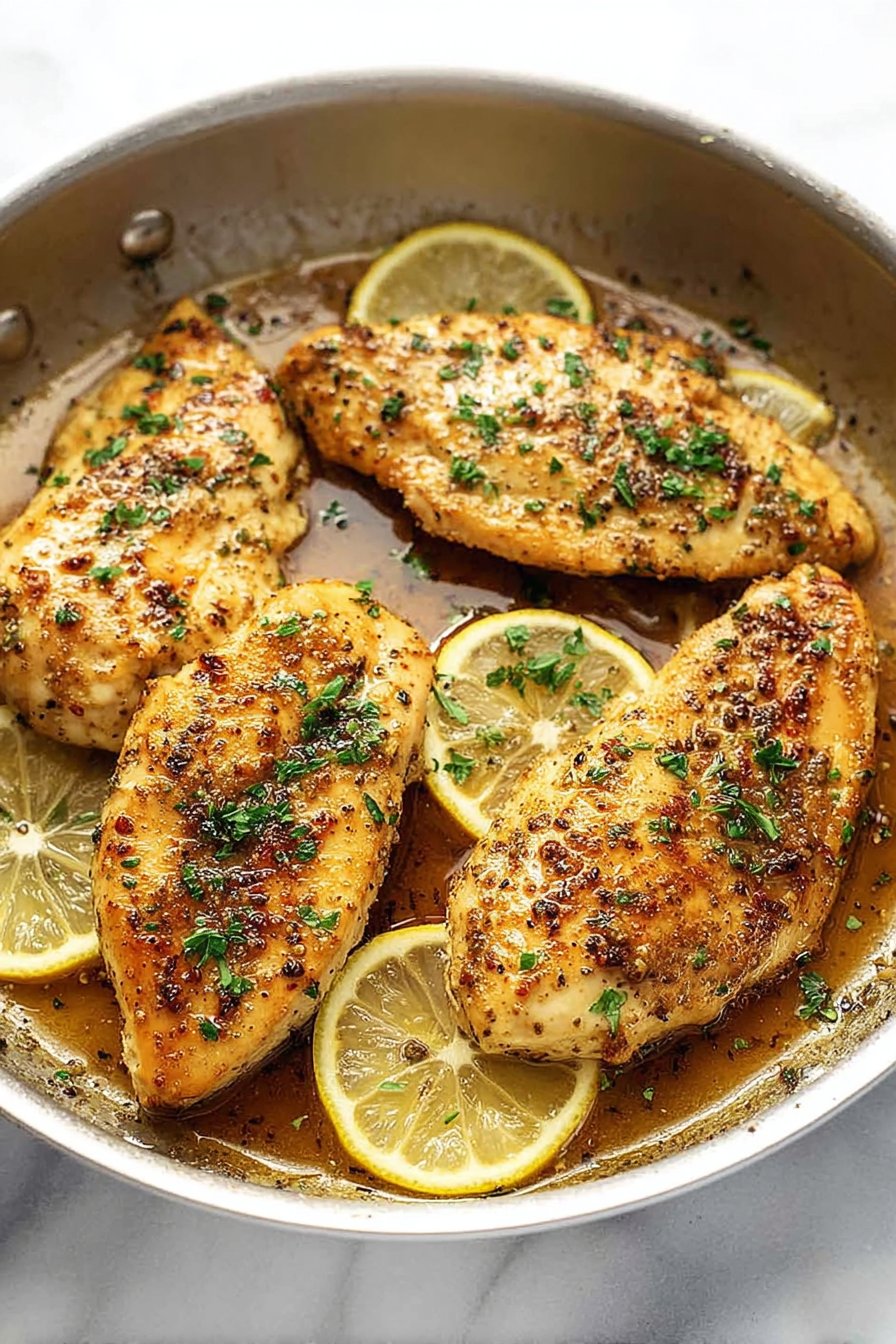
Some Weird and Not-So-Weird Variations
- I once tried adding a splash of honey—pretty tasty, especially if you like a sweet spin.
- Swapped out lemon for orange juice once—eh, wouldn’t recommend, but maybe that’s just me.
- Sometimes I’ll toss in a bit of Italian seasoning or even a dash of chili flakes for extra zip.
- Baked version? Totally doable: just slap everything in a baking dish and cook at 400°F (200°C) for about 20 minutes. Not quite as juicy, but hey, fewer dishes.
What If You Don’t Have the Right Tools?
Don’t stress if your skillet’s seen better days; I’ve done this in a basic nonstick pan, and even on the grill outside when it’s not raining cats and dogs. No meat mallet? Use the bottom of a mug or just skip pounding altogether. (My rolling pin is permanently sticky form some old dough, so… there’s that.)
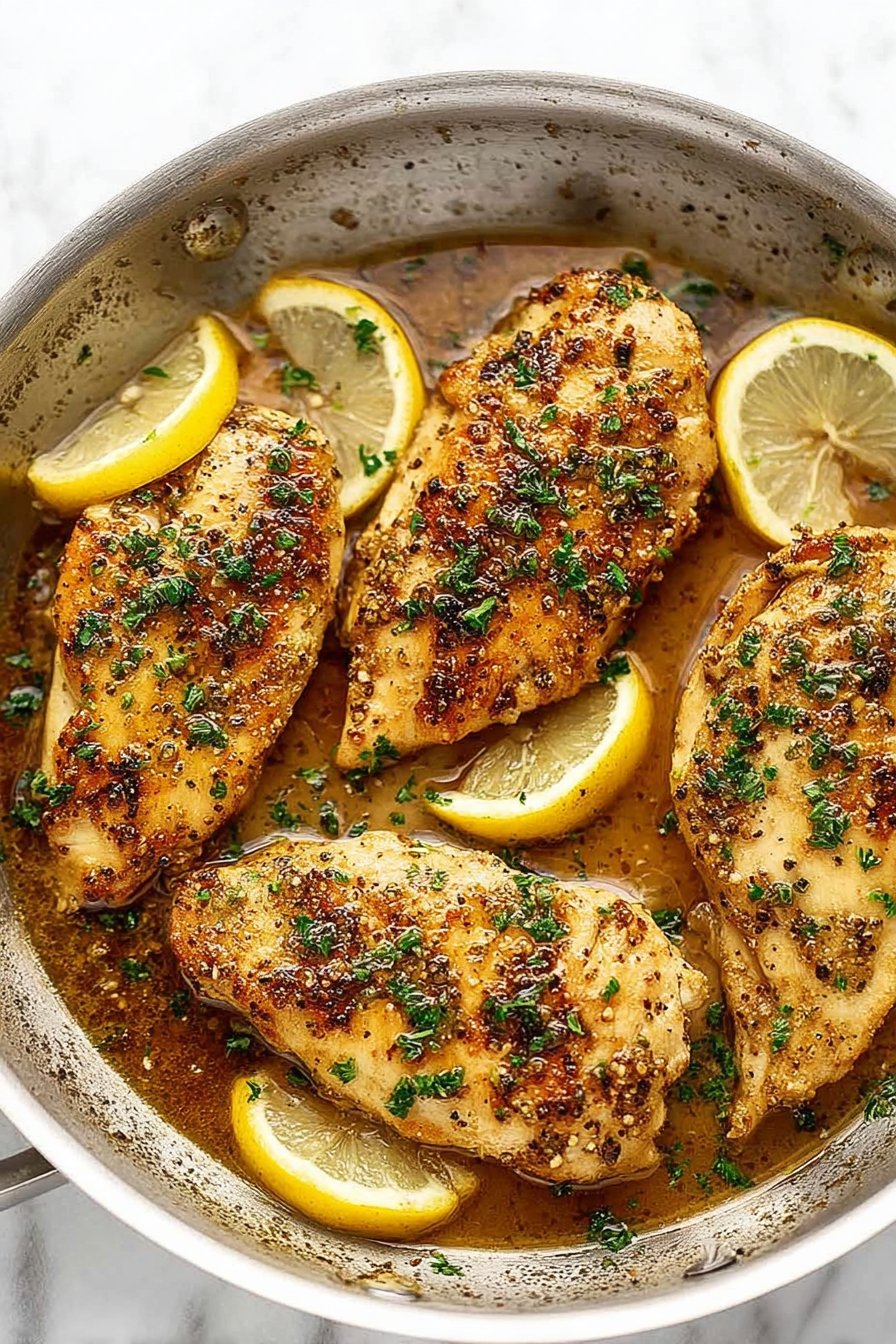
Storing Your Leftovers (If There Are Any)
Pop any leftovers in a container and stash in the fridge for up to 3 days. Though honestly, in my house, it never lasts more than a day. I think this tastes even better cold, straight out of the fridge (don’t judge). If you want to reheat, a splash of water or chicken broth in the pan helps keep it from drying out.
My Favorite Ways to Serve It (Not That You Asked…)
Personally, I love it over a mess of buttered noodles (the cheap kind—no shame). My aunt swears by serving it with roasted potatoes, but rice works too. Oh, and don’t forget a wedge of lemon for squeezing. Family tradition? My cousin dunks it in ketchup. I pretend not to notice.
Lessons Learned the Hard Way (a.k.a. Pro Tips)
- I once tried rushing the marinade step and regretted it because the flavor didn’t really sink in. Even 10 minutes makes a difference.
- Don’t crank the heat too high or you’ll get burnt outsides and sad, raw insides. I did that once—never again.
- Keep an eye on lemon seeds. Nobody wants to bite down on one of those; trust me, my dentist agrees.
FAQ—Because Apparently People Ask Me Chicken Questions
Can I use bottled lemon juice?
Yep, it works in a pinch—though the flavor’s a bit less bright. I definitely do it when fresh lemons are costing an arm and a leg.
Can I make this ahead?
For sure—actually, I think it tastes better the next day, although my husband says I just like cold chicken. Just store it in the fridge as above.
What sides go best?
Honestly, whatever’s in the pantry. Pasta, rice, steamed broccoli, even random salad mixes. Oh, and sometimes I make these roasted potatoes if I’m feeling ambitious.
How do I keep the chicken juicy?
Don’t overcook it—use a meat thermometer if you can be bothered (here’s the one I like: Serious Eats Thermometer Guide). Also, a quick pan sauce with chicken broth and a dab of butter is ace if you want to be extra.
Can I double the recipe?
Absolutely. Just use a bigger pan or batch-cook it in the oven so you don’t end up steaming the chicken. (Speaking from experience, again.)
One Last Thought (or Digression, Really)
I once brought this dish to a potluck, worried it’d be too basic, but it disappeared faster than the fancy cheese plate. Sometimes the simplest things are the first to go. Anyway, give it a whirl—just don’t blame me if you become the official lemon pepper chicken person in your circle.
Ingredients
- 4 boneless, skinless chicken breasts
- 2 tablespoons olive oil
- 1 large lemon, zested and juiced
- 1 1/2 teaspoons freshly ground black pepper
- 1 teaspoon salt
- 2 cloves garlic, minced
- 1 teaspoon dried oregano
- 2 tablespoons chopped fresh parsley (optional, for garnish)
Instructions
-
1Pat the chicken breasts dry with paper towels. Season both sides with salt and freshly ground black pepper.
-
2In a small bowl, combine the lemon zest, lemon juice, minced garlic, and dried oregano.
-
3Heat olive oil in a large skillet over medium-high heat. Add the chicken breasts and cook for 5-6 minutes per side, or until golden brown and cooked through.
-
4Pour the lemon mixture over the chicken during the last 2 minutes of cooking, spooning the sauce over the chicken to coat.
-
5Remove from heat and let rest for a few minutes. Garnish with chopped fresh parsley before serving, if desired.
Approximate Information for One Serving
Nutrition Disclaimers
Number of total servings shown is approximate. Actual number of servings will depend on your preferred portion sizes.
Nutritional values shown are general guidelines and reflect information for 1 serving using the ingredients listed, not including any optional ingredients. Actual macros may vary slightly depending on specific brands and types of ingredients used.
To determine the weight of one serving, prepare the recipe as instructed. Weigh the finished recipe, then divide the weight of the finished recipe (not including the weight of the container the food is in) by the desired number of servings. Result will be the weight of one serving.
Did you make this recipe?
Please consider Pinning it!!


